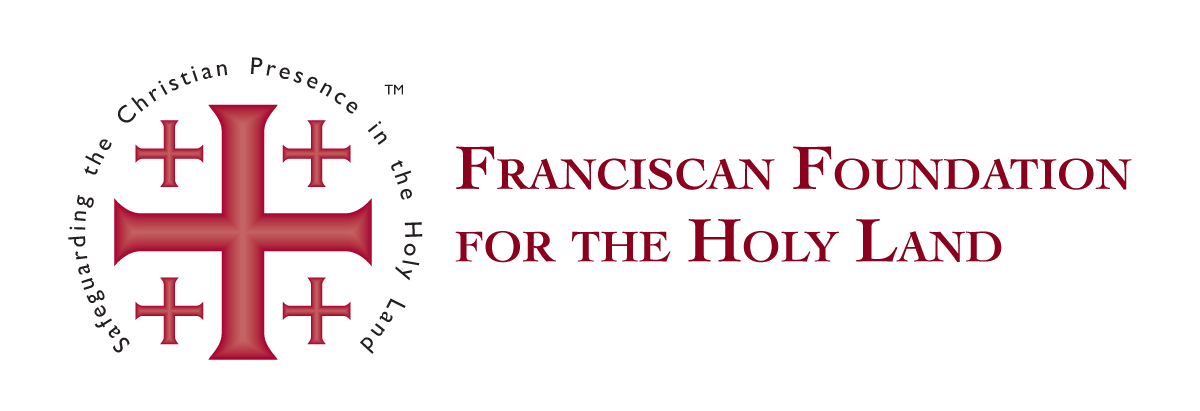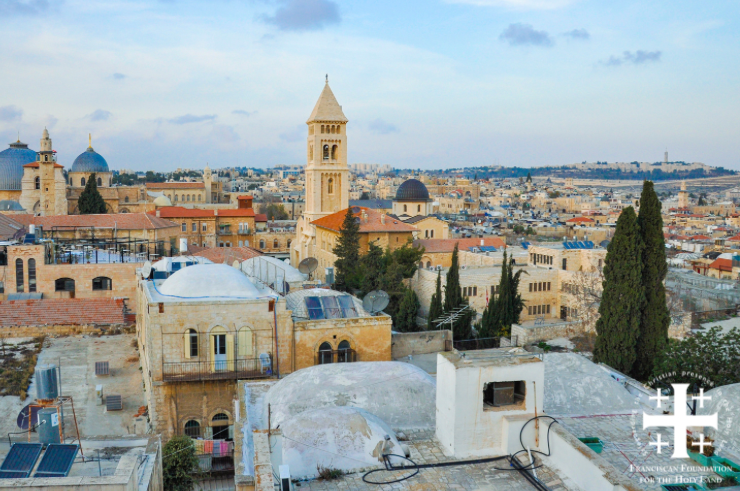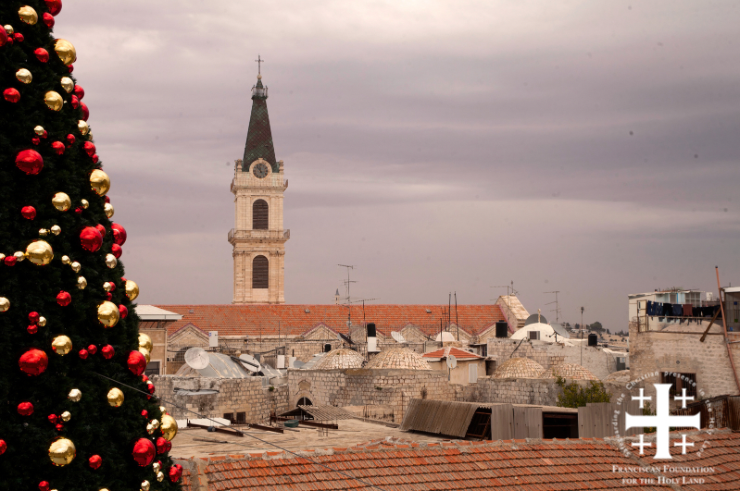The latest tensions that led to intense fighting between Israel and Hamas are being called the worst Jewish-Arab violence in Israel in decades.
Fighting began May 10, 2021 after Israeli police tried to evict Palestinians living in the East Jerusalem neighborhood of Sheikh Jarrah. Based on a law that allows displaced Jews, but not displaced Palestinians, to reclaim the homes they lost during war, an Israeli court ruled that the Sheikh Jarrah properties be returned to Jewish Israelis.
The Palestinian residents, who have lived in the homes for decades, refused to leave, and their determination sparked widespread Palestinian demonstrations and international solidarity.
When Hamas, claiming to be defending Jerusalem, fired an onslaught of long-range rockets in response to what it said were provocations from Israel, Israel then responded with a series of airstrikes.
In the U.S., President Joe Biden expressed “support” for a cease-fire during a call to Israeli Prime Minister Benjamin Netanyahu. Biden also reiterated his firm support for Israel’s right to defend itself against indiscriminate rocket attacks. After 11 days of conflict and fighting, Israel and Hamas finally called for a cease-fire.
To understand the genesis of this recent conflict, perhaps it would be helpful to revisit the origin of the tensions. The modern state of Israel was created in 1948 through an agreement between a collection of nations following the Holocaust and World War II.
Its territory was carved out of the ancestral lands of the Palestinian people, but the conflict that has raged between Israelis and Palestinians since can be traced back much further. The dispute goes back thousands of years and is centered around an ancient point of contention.
On one side is Palestine which sits along the Mediterranean coast, a 140-mile stretch of land north of Egypt and west of the country it considers its most hated enemy. On the other side is the state of Israel.
From the beginning of the Israeli state, Arabs in the Middle East have denounced the actions of the United Nations in the formation of the Jewish homeland. While Israel held fast to its claim to the region around the holy city of Jerusalem, Arabs claimed the land was theirs–and had always been–including Jerusalem, which is fundamental to the beliefs of Islam.
Gaza is central to the current conflict. It is located along the Mediterranean Sea between Israel and Egypt and is only 25 miles long and six miles wide. Gaza was part of the British-ruled Palestine Mandate before the 1948 war surrounding Israel’s creation. Gaza then came under Egyptian control until 1967.
In the subsequent years, large numbers of Palestinians fled Israel and settled in Gaza. Israel captured Gaza, along with the West Bank and east Jerusalem, in the 1967 Mideast war.
Hamas, a Palestinian Sunni-Islamic fundamentalist organization, was founded in 1987. This is the same year of an uprising in Gaza that also spread to other occupied territories. Hamas is classified as a terrorist organization by the United States, Canada, the European Union and other countries.
Israel withdrew its troops and Jewish settlements from Gaza in 2005 following a second uprising by Palestinians.
Hamas won a victory in Palestinian elections the next year, which eventually left the organization in control of Gaza by 2007. After Hamas took power in Gaza, Israel and Egypt implemented a blockade that produced devastating economic impacts on the tiny enclave.
Israel says the blockade is needed to keep Hamas and other militant groups from importing arms. Because of the blockade, Palestinian residents in Gaza are not allowed to freely leave the territory to travel abroad. “Unemployment hovers at around 50%, power outages are frequent and the tap water is badly polluted,” according to an Associated Press report.
The Franciscan Foundation for the Holy Land is asking for prayers for the innocent lives and their families lost during this latest conflict.


